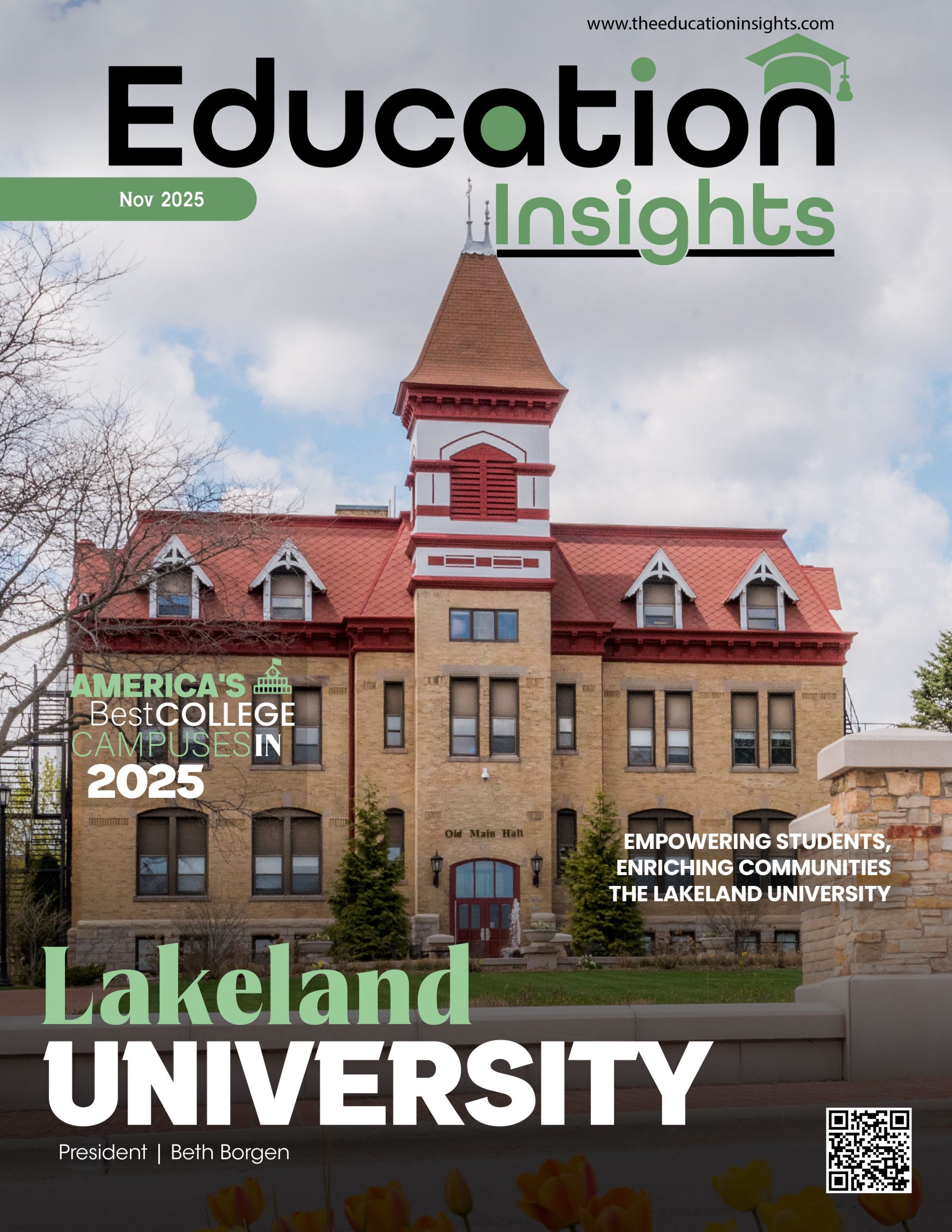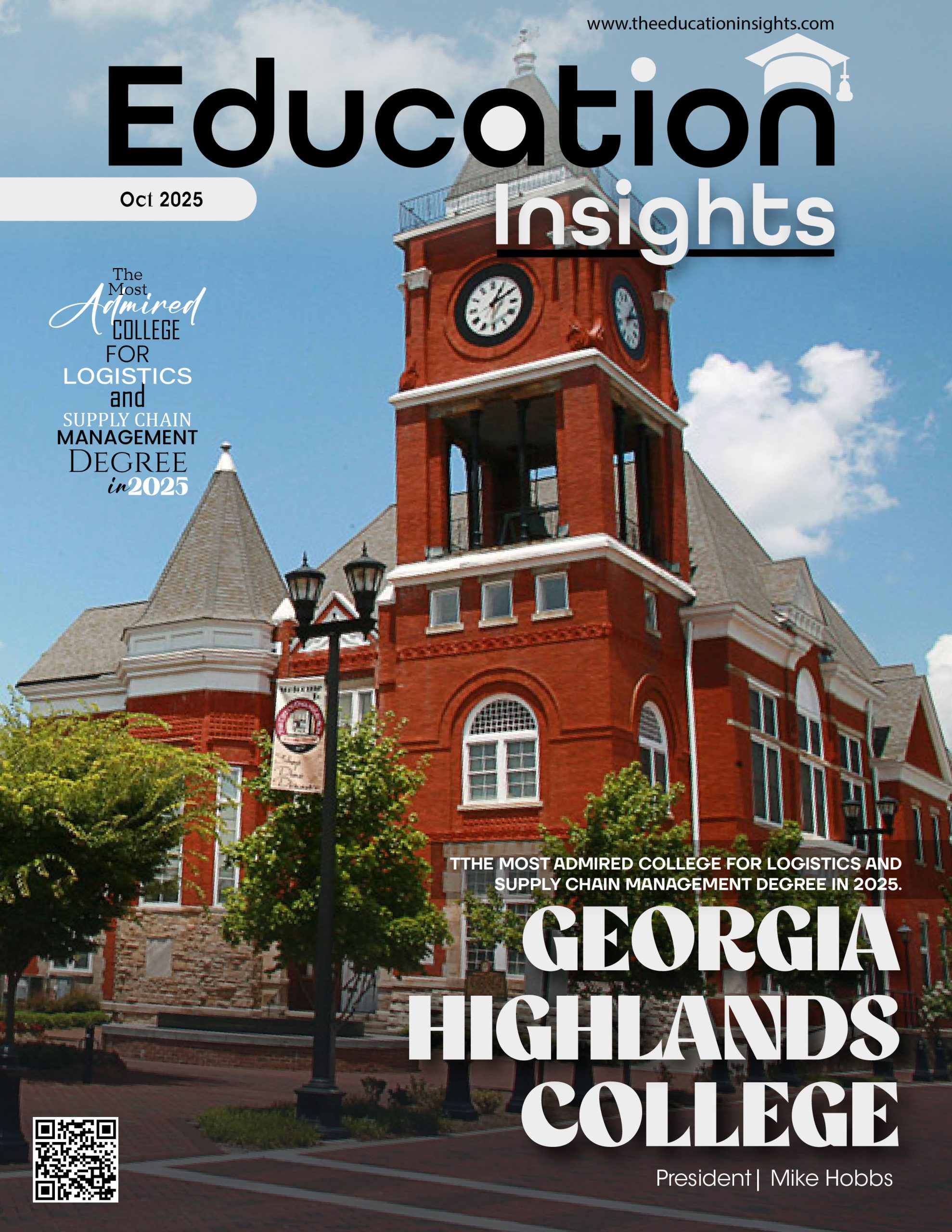Over the last several years, public schools have faced recurrent funding cutbacks at the federal, state, and municipal levels. Nonetheless, school needs are as acute as they have always been. Budget cuts sometimes result in fewer extracurricular activities, outmoded teaching materials, and instructors paying for their supplies out of pocket. To assist avert these problems, several schools and PTA organizations have increased their emphasis on generating funds via school-wide events.
Many schools prefer to concentrate on peer-to-peer fundraising efforts, in which students (with the assistance of parents and guardians) take on the responsibility of generating funds for their school. The traditional walk-a-thin and magazine sales are two prominent examples.
Many parents, though, dread the fundraising season at their children’s schools. It may be time-consuming, constantly overshadowed by other responsibilities, and ultimately not worth the effort. These parents want their children to participate in field trips, sports teams, student groups, and other activities. Still, they may find it challenging to engage in the fundraising process that makes such activities feasible.
Whether you are a teacher, parent, school official, or volunteer devoted to helping children’s educational experiences, this may be a challenging task. So, how can you increase parental participation in your elementary and middle school fundraisers?
Here are the top five suggestions:
Inspire student enthusiasm.
First and foremost, you must get your pupils excited about your fundraising. While parental engagement is required, it all begins with the children. Parents will get interested as a result of their children’s enthusiasm. If a youngster isn’t engaged in school fundraising, the parent will assume they’re off the hook – and your fundraising income will suffer as a result. This implies that you must pitch your fundraising efforts to your school’s kids. Children are motivated in a different way than adults. Instead of concentrating on the purpose of the fundraisers, youngsters are more concerned with the perks they would get for raising money. Offering incentives for money earned by students is an excellent strategy to boost participation and contributions.
Provide a range of parental duties.
Not every parent at your school can fulfil the typical fundraising role. By enlisting parental involvement in various positions throughout the fundraising process and catering to busy, working parents, you may boost the number of families who can contribute.
Parents and family members, for example, may help in the following three ways:
Organizing: Some parents are more suited to the behind-the-scenes labour involved in organizing successful fundraising. Different campaigns will need differing degrees of planning. For example, planning a walk-a-thon entails deciding on logistics, collecting pledges, and spreading enthusiasm across your community. Dividing the burden among motivated parents is an excellent approach to creating a fantastic event while cultivating a school-wide network of families and other supporters.
Volunteering: Other parents may like to help with the main event. Whether it’s a fun run, a read-a-thon, or another event, enlisting volunteers may help make the day go more smoothly. Parents might come to cheer on their children in any events or races, creating enthusiasm among competitors and other supporters.
Promoting: Through the power of social media, parents who may not participate in other ways may quickly and easily enhance their child’s fundraising. Parental participation in social media techniques is an essential tactic for expanding your donation base. Because the engagement of family members, aunts, uncles, and grandparents from around the globe may help support your initiatives.
Host unique campaigns.
Exploring fresh and interesting peer-to-peer fundraising ideas is a terrific way to involve parents and students. Many schools (and other organizations) become trapped in a rut, recycling the same fundraising strategies year after year. Students and parents will get tired of repeated campaigns, as will their friends and family members who have pledged their support.
Using new campaign concepts is an excellent method to increase your fundraising money and parental participation.
Ensure family friendliness.
Family-oriented school fundraisers are the most effective because they are a terrific opportunity to include parents, kids, and other children! You can’t ask parents to drop everything off and help fundraise because they are busy. This is why involving the whole family is a terrific idea.
For example, you may organize a family fun day with games, food, and music. This may be an exciting event in which your whole community can unite. You may collect funds by charging entrance, offering snacks and beverages, or making contributions.
Express gratitude.
Understanding your contributors — who they are and why they donate — is critical in any fundraising. This is usually self-explanatory for school fundraising. Parents and family members contribute to their children’s education. Community members present to help raise the next generation in their communities.
Because parents are busy, they want to know that the organizations they donate value their time, effort, and hard-earned money. A handwritten thank-you card, a personal phone call, or even a follow-up email will suffice.










